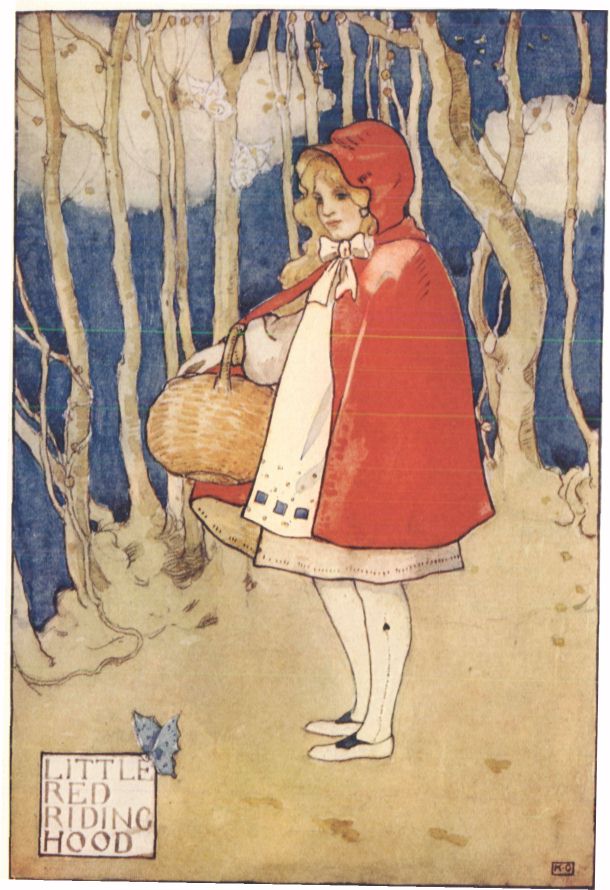 |
| Source |
The story appeared in Charles Perraut’s collection of fairy tales Histoires et contes du temps passé, avec des moralités. Contes de ma mère l'Oye and he states at the end :
Children, especially attractive, well bred young ladies, should never talk to strangers, for if they should do so, they may well provide dinner for a wolf. I say "wolf," but there are various kinds of wolves. There are also those who are charming, quiet, polite, unassuming, complacent, and sweet, who pursue young women at home and in the streets. And unfortunately, it is these gentle wolves who are the most dangerous ones of all.
Even this remark makes us think that Red Ridding Hood is not what we were taught to believe.
Anthropologists argue that the Red Riding Hood is actually a story about sexual predators. Professor Jack Zipes says:
Little Red Riding Hood is about violation or rape, and I suspect that humans were just as violent in 600BC as they are today, so they will have exchanged tales about all types of violent acts.
There are several symbols in the story and the most prominent is the red cape.
Some authors believe that the red cape is a symbol of sexuality or reaching adulthood as a woman (menstrual blood).
The wolf could also be a metaphor for a man who wants to abuse the innocent girl; it can also be a symbol of other immoral distractions from “the right path”. Also, the fact that the wolf invites the girl into the bed with him might support this assumption.
Image taken from here.
Although a somehow macabre story, The Little Red Riding Hood shows important elements of collective psychology (and opinions that were generally shared by people in those times): young unaware girls can be easily fooled, the mysterious forest(perhaps a symbol of life) is full of temptations and danger, acting against the elder’s advice might lead to disastrous consequences, a woman’s struggle to keep her innocence, and the fact that strangers can be deceiving.
For a politically correct Little Red Riding Hood you can check out this link. :)
For a politically correct Little Red Riding Hood you can check out this link. :)

A really interesting piece - even if it has slightly put me off reading the story to my nieces and nephew now!!
ReplyDeleteHa ha, yes I know. It made me think twice before reading it to my nephew too. I don't know why your comment was in moderation...
ReplyDelete